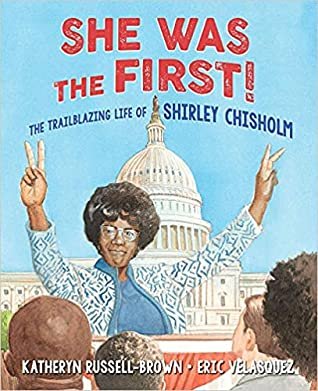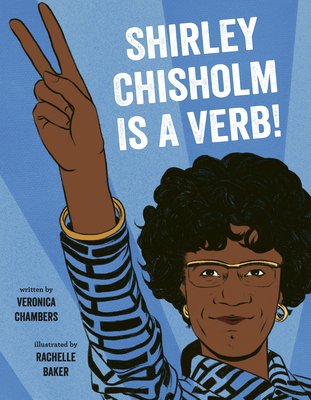Happy Women's History Month!
Happy Women’s History Month! We last wrote about how we recognized Women’s History Month in the classroom in 2018 when we were co-teaching in 3rd grade with this post: Womyn's/ Womxn's/ Women's Herstory Month. All of those books are still wonderful and the general tie ins with other subjects, March Book Madness, and celebrating International Women’s Day are all things I would be bringing into my classroom if I was teaching this year.
I also am intrigued by the FairPlay Home (Eq)uity Tool Kit. I haven’t used this myself and still need to investigate more, but love the idea (and the tagline “Close the Chore Gap!”). Instead of stopping at acknowledging women’s invisible labor (or expressing gratitude to all the amazing women in our lives), let’s teach kids to be aware of it and think critically about it. You know kids will find a creative solution to the “chore gap” and be reflective and flexible while they think through solutions.
Invisible labor is an important concept to teach students. We’ve always been big fans of explicit vocabulary instruction and applying new concepts to our lives and the world around us. Students could explore potential invisible labor at their school, in their homes, or in their community and who is doing this labor and why or how it is invisible, unrecognized, and unpaid.
March can be a stressful month with the last push before standardized testing, so if you are under pressure to prioritize test prep or other subjects, you can still welcome students each day with a reminder of Women’s History Month. The Newsela article Artist honors remarkable women in history with a drawing every day shares artist Tiffany Wong’s project (you can see more of her paintings here). You could show students one painting a day and share Tiffany’s research about the woman depicted as well as asking students to share what they know or potentially do their own research. This could be a sign in, greeting, or dismissal activity depending on when you can fit it in.
Newsela has a number of text sets (collections of articles) about Women’s History Month. Some other articles we noted are: When women were told they would be paid starvation wages, they protested and "Black Rosies:" Forgotten Black women workers of World War II.
I’ve frequently had students ask me why we have a Women’s History Month and when Men’s History Month is (or why doesn’t it exist?). Usually, I turn that question back to my class and give them time to brainstorm and discuss in small groups and as a whole class. Sometimes, I tell them we will keep learning about Women’s History Month and collecting ideas about why we celebrate this month. Often, students are able to explain to each other that we learn about men in history all the time so they don’t need a special month and that women’s contributions to history are often forgotten or omitted.
Some books that might help students think through these realities are:
Mary Wears What She Wants by Keith Negley (pictured above). It is truly shocking (and will enrage your students) that Mary got arrested for wearing pants! Students will understand her logic that pants aren’t “men’s clothes, they are my clothes.”
Who Says Women Can't Be Doctors?: The Story of Elizabeth Blackwell will also be shocking to students who most likely know female doctors (or if they don’t, have them meet a few!).
Marie Curie and the Power of Persistence by Karla Valenti shares about Marie Curie’s superpower! Students will love the superhero tie in (and aren’t many scientist real live superheroes?). You can also share with students that while Marie Curie was the first double Nobel Prize winner, her husband had to advocate for her to get her first Nobel prize because she was a woman.
I Dare! I Can! I Will!: The Day the Icelandic Women Walked Out and Inspired the World by Linda Ólafsdóttir has not been published yet, so I haven’t gotten a chance to read it, but I cannot wait to read it and share it with students!
These books are anthologies sharing about many different women and girls:
Lives of Extraordinary Women: Rulers, Rebels ~ and What the Neighbors Thought by Kathleen Krull is a nice counter argument to the “we aren’t ready for a female president” narrative, as women have been rulers and leaders for centuries.
Shaking Things Up: 14 Young Women Who Changed the World Kids love reading about other kids!
Girls Think of Everything: Stories of Ingenious Inventions by Women The title says it all! Also, who doesn’t love reading stories of inventions?
You can find even more book ideas here: 30 Picture Books About World-Changing Women
Happy March and hope spring finds you soon!






















